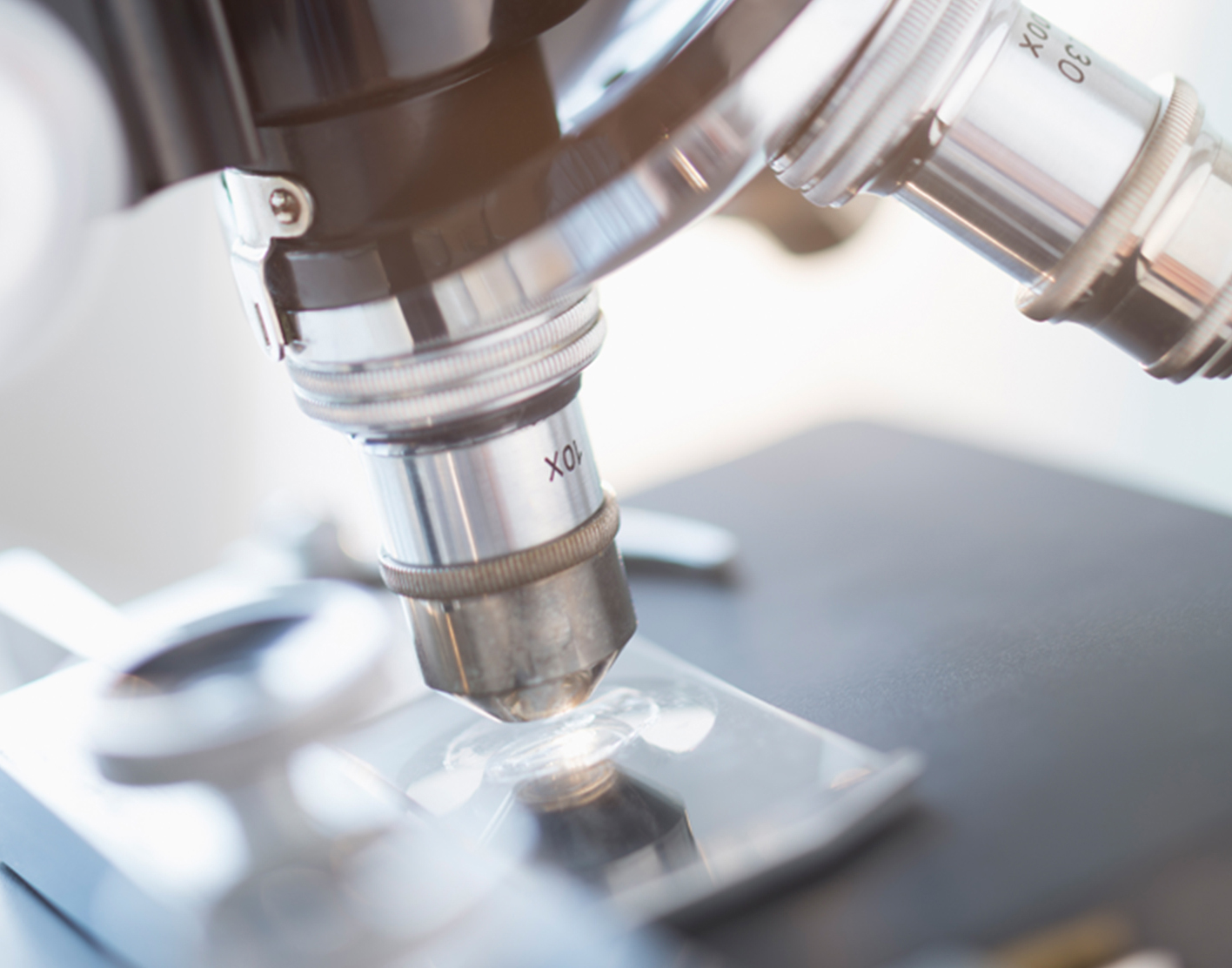
Cerebrospinal fluid (CSF) culture
Definition
A cerebrospinal fluid (CSF) culture is a laboratory test to look for bacteria, fungi, and viruses in the fluid that moves in the space around the spinal cord. CSF protects the brain and spinal cord from injury.
Alternative Names
Culture - CSF; Spinal fluid culture; CSF culture
How the Test is Performed
A sample of CSF is needed. This is usually done with a lumbar puncture (also known as a
The sample is sent to the laboratory. There, it is placed in a dish that has a special substance called a culture medium. Laboratory staff then observe if bacteria, fungi, or viruses grow in the dish. Growth means there is an infection.
How to Prepare for the Test
Follow instructions on how to prepare for a spinal tap.
Why the Test is Performed
Your health care provider may order this test if you have signs of an infection that affects the brain or nervous system. The test helps identify what is causing the infection. This will help your provider decide on the best treatment.
Normal Results
A normal result means no bacteria, viruses, or fungi grew in the laboratory dish. This is called a negative result. However, a normal result doesn't mean that an infection is present. The spinal tap and CSF smear may need to be done again.
What Abnormal Results Mean
Bacteria or other germs found in the sample may be a sign of
Risks
A laboratory culture poses no risk to you. Your provider will tell you about the risks of a spinal tap.
References
Karcher DS, McPherson RA. Cerebrospinal, synovial, serous body fluids, and alternative specimens. In: McPherson RA, Pincus MR, eds. Henry's Clinical Diagnosis and Management by Laboratory Methods. 24th ed. Philadelphia, PA: Elsevier; 2022:chap 30.
O'Connell TX. Cerebrospinal fluid evaluation. In: O'Connell TX, ed. Instant Work-Ups: A Clinical Guide to Medicine. 2nd ed. Philadelphia, PA: Elsevier; 2017:chap 9.
Review Date: 10/09/2022
The information provided herein should not be used during any medical emergency or for the diagnosis or treatment of any medical condition. A licensed physician should be consulted for diagnosis and treatment of any and all medical conditions. Call 911 for all medical emergencies. Links to other sites are provided for information only -- they do not constitute endorsements of those other sites. Copyright ©2019 A.D.A.M., Inc., as modified by University of California San Francisco. Any duplication or distribution of the information contained herein is strictly prohibited.
Information developed by A.D.A.M., Inc. regarding tests and test results may not directly correspond with information provided by UCSF Health. Please discuss with your doctor any questions or concerns you may have.



























